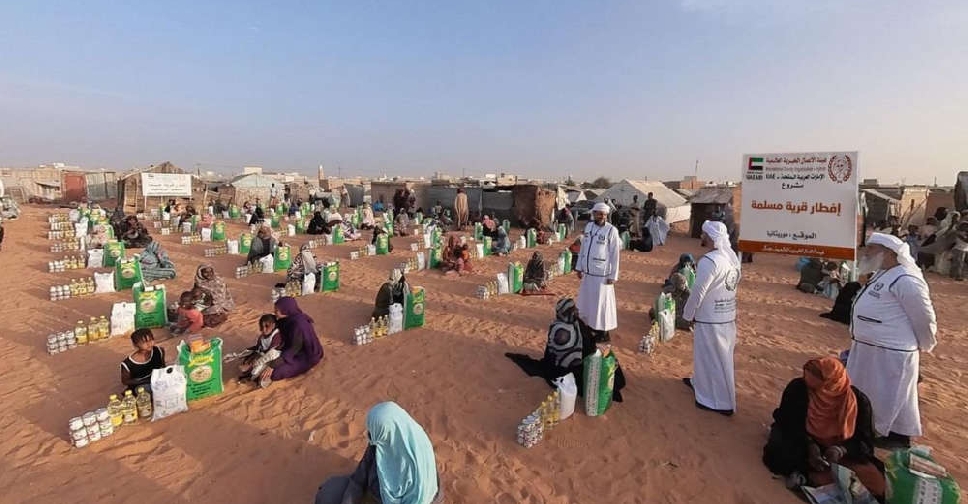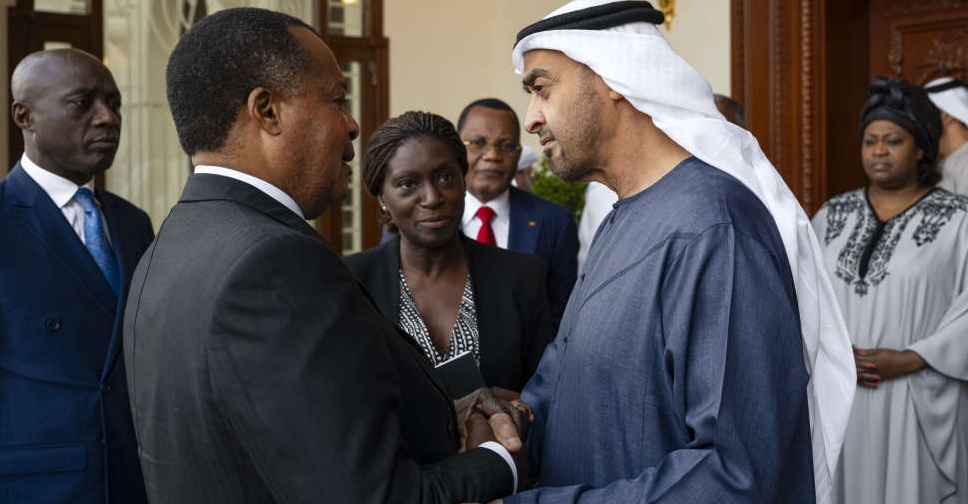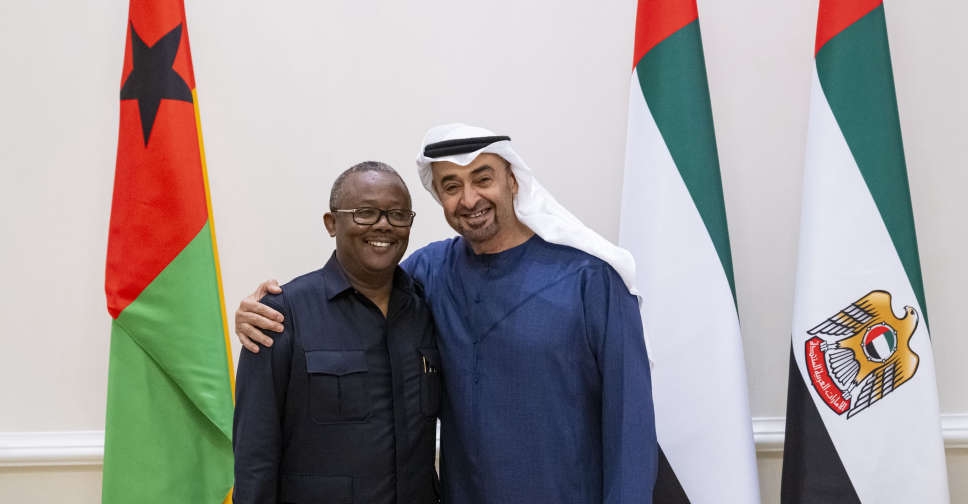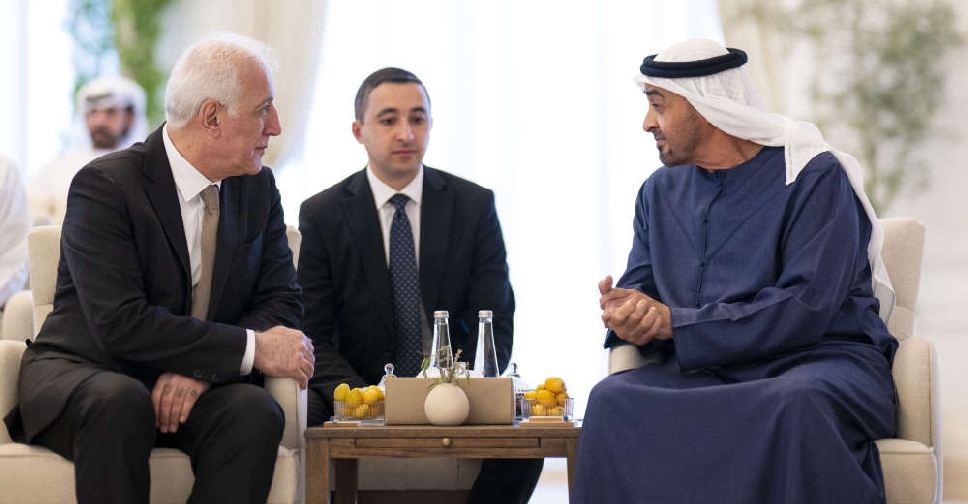
OPEC raised its forecast for oil demand growth for 2023 and predicted only a slight slowdown in 2024 despite economic headwinds as China and India continue to drive the expansion in fuel use.
In a monthly report, the Organization of the Petroleum Exporting Countries (OPEC) said it expects world oil demand to rise by 2.25 million barrels per day (bpd) in 2024, a rise of 2.2 per cent, compared with growth of 2.44 million bpd in 2023.
OPEC's demand growth forecast for 2024 is double that of the International Energy Agency, another closely watched forecaster which updated its outlook earlier on Thursday.
Oil demand growth is an indication of likely oil market strength and forms part of the backdrop for policy decisions by OPEC and its allies, known as OPEC+. The group in June extended supply curbs into 2024 to support the market.
OPEC said in the report OPEC+'s pre-emptive approach and cuts had added stability to the market, "based on which the solid oil market fundamentals seen this year are expected to extend into 2024".
"In 2024, solid global economic growth amid continued improvements in China is expected to boost consumption of oil," OPEC said.
Also in the report OPEC raised its 2023 demand growth forecast by 90,000 bpd from last month. OPEC sources last week said OPEC would stick to an upbeat demand view for 2024 and see higher growth than the IEA.
OPEC forecast world economic growth of 2.5 per cent next year compared with 2.6 per cent in 2023, assuming "general inflation" eases in the second half and in 2024. It also assumes key interest rates will peak by the end of 2023.
The outlook for 2024 suggests oil demand will rise more rapidly than supply from producers outside OPEC.
OPEC expects non-OPEC supply to rise by 1.4 million bpd, lagging demand growth and the same rate as 2023.
As a result, OPEC forecast the world will need 30.2 million bpd in 2024 from its members to balance the market, up 800,000 bpd from 2023.
For now, OPEC is pumping far less.
The report showed OPEC production rose by 91,000 bpd to 28.19 million bpd in June, led by Iran and Iraq. Iran is one of the OPEC members exempt from cutting output.
The United States is expected to make the biggest contribution to non-OPEC supply expansion next year although OPEC sees growth in US tight oil, another term for shale, slowing to 500,000 bpd in 2024 from 730,000 bpd in 2023.


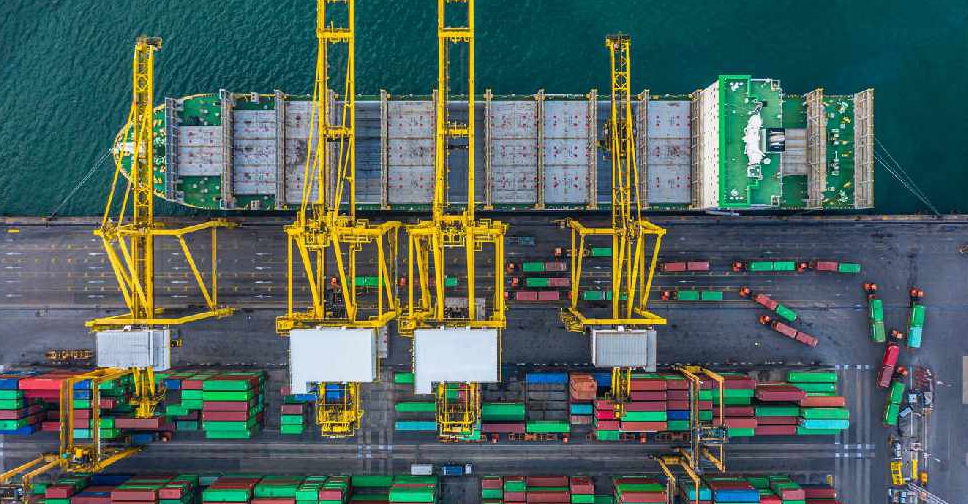 Trump's tariffs kick in, deepening trade war and market rout
Trump's tariffs kick in, deepening trade war and market rout
 South Korea announces emergency measures for auto industry hit by US tariffs
South Korea announces emergency measures for auto industry hit by US tariffs
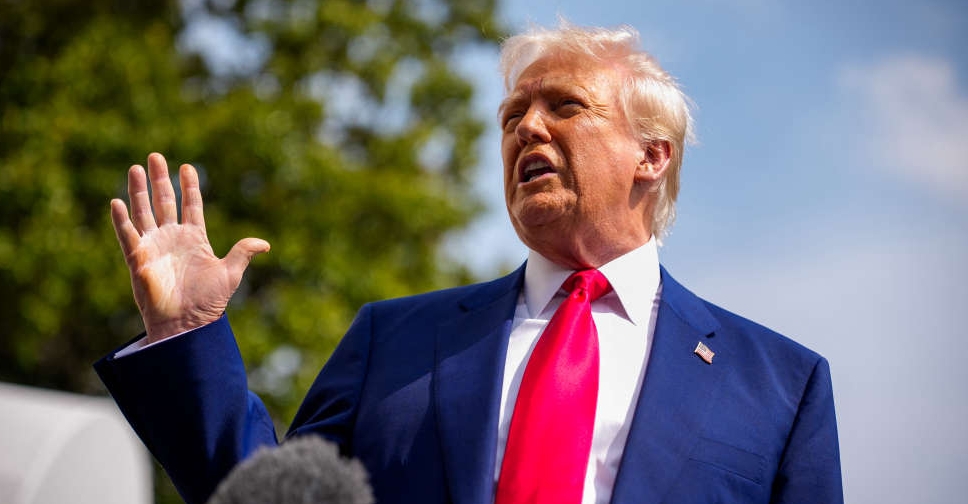 Trump threatens to hike China tariffs further as market plunge continues
Trump threatens to hike China tariffs further as market plunge continues
 Sheikh Abdullah meets foreign ministers of Azerbaijan and Cyprus
Sheikh Abdullah meets foreign ministers of Azerbaijan and Cyprus
 Innovation, sustainability take centre stage at Middle East Energy
Innovation, sustainability take centre stage at Middle East Energy
